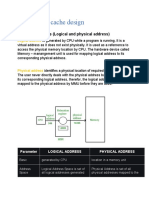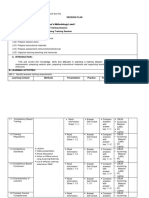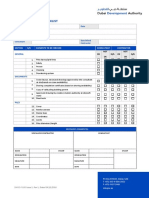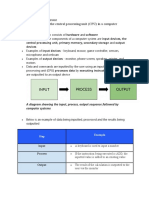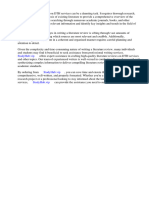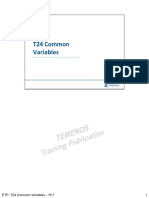0% found this document useful (0 votes)
52 views4 pagesCaching in System Design
The document outlines four common cache design patterns used in system design: Cache-Aside, Read-Through, Write-Through, and Write-Behind. Each pattern has specific use cases, advantages, and implementation technologies, such as Redis and Spring Cache. The conclusion emphasizes the importance of selecting the appropriate caching strategy to optimize system performance.
Uploaded by
Shiwam pandeyCopyright
© © All Rights Reserved
We take content rights seriously. If you suspect this is your content, claim it here.
Available Formats
Download as DOCX, PDF, TXT or read online on Scribd
0% found this document useful (0 votes)
52 views4 pagesCaching in System Design
The document outlines four common cache design patterns used in system design: Cache-Aside, Read-Through, Write-Through, and Write-Behind. Each pattern has specific use cases, advantages, and implementation technologies, such as Redis and Spring Cache. The conclusion emphasizes the importance of selecting the appropriate caching strategy to optimize system performance.
Uploaded by
Shiwam pandeyCopyright
© © All Rights Reserved
We take content rights seriously. If you suspect this is your content, claim it here.
Available Formats
Download as DOCX, PDF, TXT or read online on Scribd
/ 4
















































